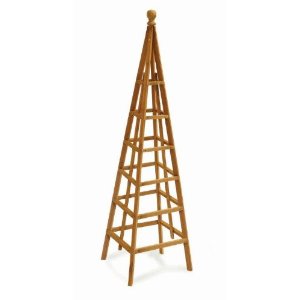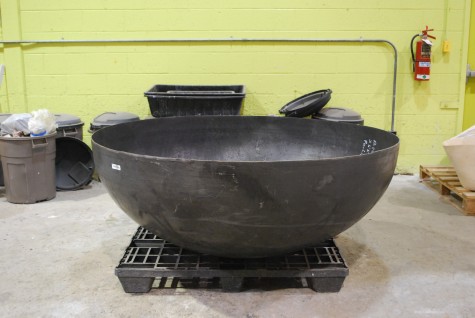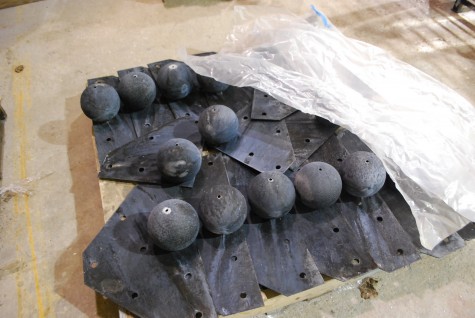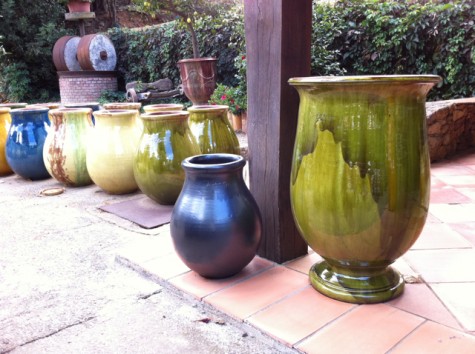Archives for 2012
On The Road
Encircled
This garden was designed and planted by Mien Ruys-I do not know the year. Her life-1904-1999. She was a formidably talented landscape architect and garden designer in the Netherlands. Her father ran a well known nursery specializing in perennials. Her extensive knowledge of horticulture is obvious in her work. Though she is not well known outside of the Netherlands, her work greatly influenced the work of Piet Oudolf-a name perhaps better known in gardening circles. This circle of grass which is part of a garden she made at home in her 20’s became very much a part of my design vocabulary. Not literally-emotionally. This photograph came from the website of Noel Kingsbury listed below-as well as this comment. (she provided) “a gentle dose of Bauhaus-derived modernism”. What a great way to put it. To read more, go to http://noels-garden.blogspot.com/2011/01/for-those-of-you-who-dont-read-groei.html
A circle is a very stable, and visually powerful shape. There is a clearly defined space which is enclosed. There is all the rest which is excluded.
The bottom of this spherical topiary form is a circle. That circle focuses the view, in much the same way as a lens. I deliberately placed the circle off center to these massive lead pots. That circle is where my eye goes first-never mind those big pots.
The garden at Sissinghurst is legendary, for many reasons. The giant yew hedges enclose a circular lawn in one portion of the garden. That circle is the center of attention in this photograph-a place for the eye to rest. I would guess a visitor to this garden would find visual refuge here, after viewing the other parts of the garden. I have not been there, but I imagine that the experience of standing in that circular garden is extraordinary.
Even though I have never been, I feel certain of one thing. I might pose and plant a landscape just like this in every detail, but I am sure it would never feel the same as being here. To read more, and see more, go to www.thlandscaping.blogspot.com.
Nature created this circular composition in the bottom of one of our vase shaped steel pots. There is a certain melancholy to this natural work. Dead leaves, holly berries, a broken rubber band that must have held some twigs, and some pussy willow buds that bloomed in our warm fall recall the end of the gardening season. The circular bottom of the pot provides a form to this natural debris. The circle contains the dialogue.
This landscape design is based on circular shapes, portions of circular shapes, and spherical plants and sculpture. The landscape is viewed at the ground level, thus the changes of grade. It is also viewed from hotel rooms which entirely encircle this interior courtyard garden.
This assemblage of one kind of natural materials into the form of a flower makes the overall shape the dominant visual issue.
pot of sedum on the gravel
sundial face
lighted circle
full moon, January 9
The Garden Obelisk
A classic obelisk, as exemplified by the ancient Egyptians, is a narrow tapering four sided affair whose top is pyramidal. Ancient obelisks were usually carved all of a piece. The obelisk known as the Place de la Concorde was one of a pair given as a gift from Egypt to France the the late 1820’s. This single piece of red granite some 75 feet tall, and weighing 280 tons, was erected in Paris in 1833. Its mate is still in front of the ruins of the temple at Luxor. Too heavy to move, the French government formally returned it to Egypt in 1990. This single obelisk is true to the narrow definition of such a structure; it is a landmark and monument that organizes a vast space awash in French history, and is visible from all Paris. The base of the obelisk is inscribed with information about the mechanics of moving this sculpture from Luxor to Paris-an incredible feat, given the rudimentary technology of the time. It is indeed an appropriately grand and monumental sculpture. In the distance of this photograph taken by CB Margineaux, the Eiffel Tower.
This iconic structure is one of the wonders of the modern world. It is instantly recognizable. Much has been written about its sculptor, the engineer Gustave Eiffel. To my mind, it is the most extraordinarily inventive, strikingly beautiful, and imposing garden obelisk ever created. The phrase “tour de force” comes to mind. It was the tallest monument in the world when it was built. The epic story of its design, engineering, and creation is the subject of an epic book “Gustave Eiffel: De Tour Le 300 Metres”, written by Bertrand Lemoine, and published by Taschen. Who would have a such a book, including reproductions of the original construction drawings? Buck, of course.
Why this rudimentary discussion of the the much documented and much admired monuments that dominate the landscape of Paris? I have a great passion for landscape ornament. I buy and sell-new, vintage, and antique ornament. I have studied their history, and familiarized myself with their classic forms, though I welcome any new take or invention. I design landscapes with places for garden ornament. I design and manufacture garden ornament. This is the long way of saying that ornament for the garden has held my critical interest for a very long time. This pair of iron obelisks and bases was offered for sale at www.outsidedown.1stdibs.com Though they have a much smaller scale than the obelisks in Paris, they are still very serious and dignified. The ball feet that separate the obelisk from the base is a very graceful gesture, in contrast to their classical stature. They have a texturally dense and important surface. They ask for a large space, and a very formal garden.
This pair of obelisks from the same site are pared down version of the previous set. They have weight via the thickness of the metal, but are much less demanding visually. They have a more modern look, and appeal. Try as I may, I cannot find exactly where I saw these-perhaps from http://garycsharpe.blogspot.com/ (which is an excellent blog, if you have an interest in antiques and their provenance).
This steel wire obelisk is slight – airy. Its formal shape would work well in my city garden, without overpowering the space. The vertical members that terminate in small spheres stop short of creating too much steely congestion at the top. Tom Chambers, the person who designed this obelisk and many others-I admire his work. He understands much about the power of a very simple gesture. I could readily place this obelisk in a garden. Its size, proportion, and aspect is both modest and distinctive.
An obelisk made of wood is markedly different from those grand monuments made from stone or steel. This design, and the sizes of the individual wood members interpret the garden obelisk on a personal and clearly human scale. From the Egyptian obelisk at the Place de la Concorde to this obelisk in a meadow garden-a change of venue. This garden asks for an obelisk such as this. Great design is so much about proper scale and proportion. I like the looks of this. It is up to the gardener to choose ornament that reflects an authenticity of place. This obelisk is made by and available from www.stuartgarden.com.
This pared down 2″ by 2″ cedar stick obelisk is beginning to strongly suggest the vegetable garden. Directions for building wood garden obelisks can be readily found on line. I would not place this obelisk in a classic French potager-but my exposure to such a place is not all that frequent. I have plenty of clients who have become quite interested and committed to growing food at home. This obelisk begins to address their utilitarian issues. My point here? A classically proportioned and very tall stone obelisk in my city garden, or my client’s vegetable gardens, would only be a monument to my lack of critical thinking. I need to scale, proportion or choose an obelisk that feels right for the garden. It is a good thing that there are many from which to choose. ![obelisk_in_community_garden1[1].jpg](https://deborahsilver.com/wp-content/uploads/2012/01/obelisk_in_community_garden11.jpg)
These issues drive my design work. I can be grand. I can secure and plant a collection of peonies that describes a century of hybridizing. I can amass and grow on a collection of hellebores, or magnolias. I can plant a pinetum, with all of the attending documentation. Or I can scale back, and be driven by the dirt. This trio of obelisks look great, and provide triple the support to a grove of tomatoes. http://chiotsrun.com/2011/03/09/structural-elements-arbors-and-trellises/
These bamboo obelisks with their grapevine ball topknots make reference to a grand tradition-just a reference. Interpreting history and tradition in an appropriate way is part of my job. These bamboo obelisks are simple, but they work. This garden has lots to look at; the pots and obelisks are just part of a bigger scheme.
These steel obelisks made at the Branch studio are a result of my knowledge of the proportions and history of obelisks, and my relationship with a treasured client. Do these obelisks challenge the Place De La Concorde? Of course not! Garden challenges are almost always personal. Great gardens are about a person with a well developed point of view, and a passion for gardens. A thoughtful designer might add a little something to that mix. I made sure the obelisk was tall enough for a vigorously growing heirloom tomato. There are very long steel prongs which go into the soil, and help keep the structure vertical. The diamond lattice is large enough to permit the hands that pick the fruit. I am intrigued by the history and diverse expressions of this form. Perhaps I will try designing another.
Zero At The Bone
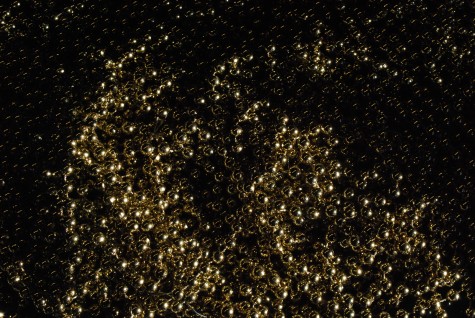 The first week of January for me is all about a certain dormancy that comes with the finality of season coming to a close. If you are old enough to have fallen asleep in front of a tv, and woken up the static that came after the day’s programming was over, you get the idea. My pause button is engaged. I am still putting the last of the holiday half and half in my coffee, and dreaming. That phase will come to an abrupt end, the first of next week.
The first week of January for me is all about a certain dormancy that comes with the finality of season coming to a close. If you are old enough to have fallen asleep in front of a tv, and woken up the static that came after the day’s programming was over, you get the idea. My pause button is engaged. I am still putting the last of the holiday half and half in my coffee, and dreaming. That phase will come to an abrupt end, the first of next week.
Next week, Rob, Steve and I will be scouting and shopping in the US for what we need to add to the spring of 2012 in the shop. The end of January we will clean and repaint as usual. This year I have a hardscape installation scheduled for the same time.
The Branch studio is in the middle of a fabrication project for a client in Fort Worth.
Another local client’s iron work is scheduled to be ready for installation in two weeks. We will have steel garden ornament from Branch at the shop this spring very different than anything we have done before.
Rob will be on his way to Italy towards the end of January, until mid-February.
A pair of containers are scheduled to arrive from France in mid February. Are my winters sleepy, like my garden? Not especially.
The garden is quiet over the winter. This means there is as much time to drift over ideas, as there is time to concentrate. As much as I dislike the winter, I could not do without it.
To the best of my knowledge, Roland Tiangco, a graphic designer about whom I know little except that he lives in Brooklyn, created this interactive poster in 2009. I never feel so much at home as I do with my hands in the dirt. I look at this work of his from time to time-regularly. This work of his is extraordinary. Every time I see it, I feel that zero at the bone. Zero at the bone? Shockingly good. As in the bouquet of butterfly weed seed pods Rob assembled pictured above. Shockingly provocative. If you missed it, take a look. http://havenpress.com/projects/roland-tiangco/
A much different zero at the bone event? The house Richard Meier designed and built for Howard Rachofsky. I live in a 1930’s Arts and Crafts house of which I am quite fond. But this house challenges my eye in every way. Love the landscape-a lawn interrupted by what looks like corten steel. The photographs by B. Tse are great: http://www.flickr.com/photos/b2tse/2219686720/in/gallery-43355952@N06-72157622884919368/
Such is the winter work. Providing for a spring that is zero at the bone.
![Mien1[1].jpg](https://deborahsilver.com/wp-content/uploads/2012/01/Mien11-475x180.jpg)
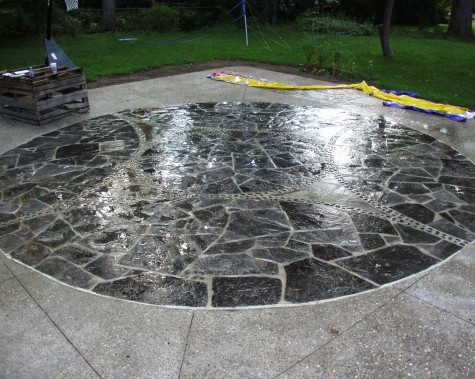
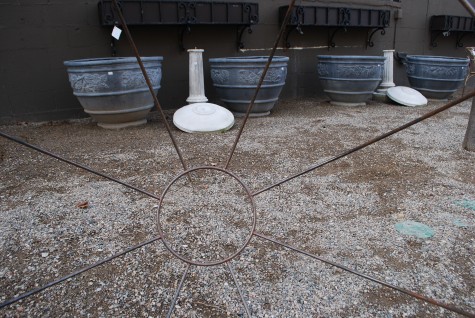
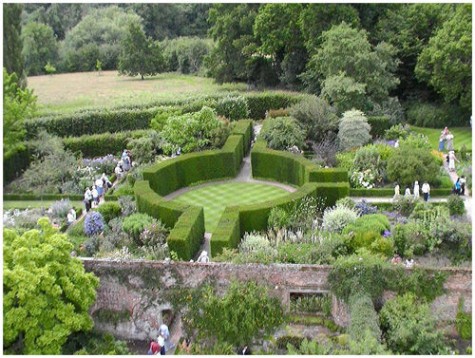
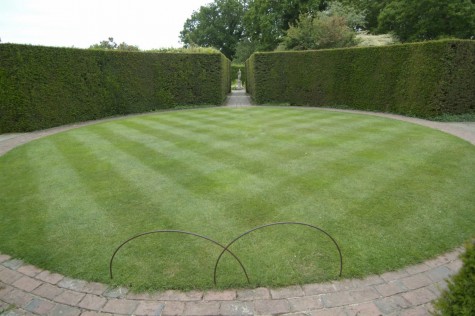
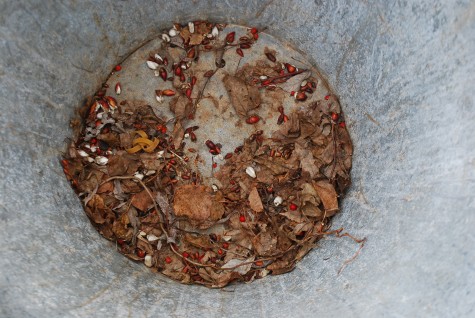
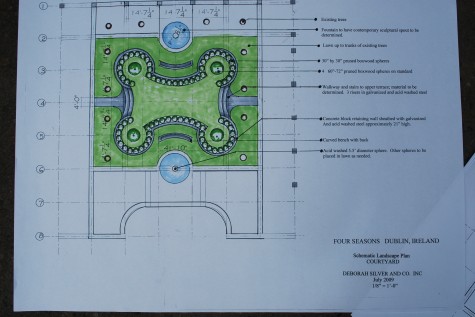
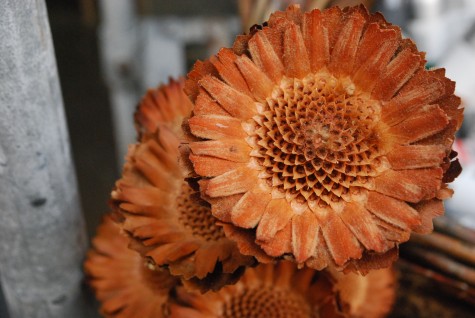
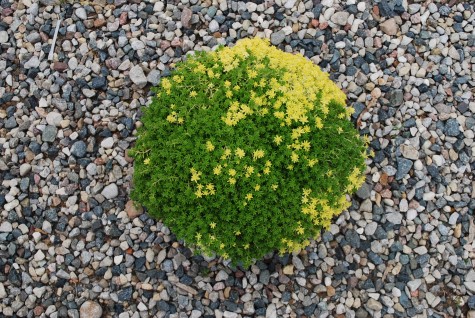

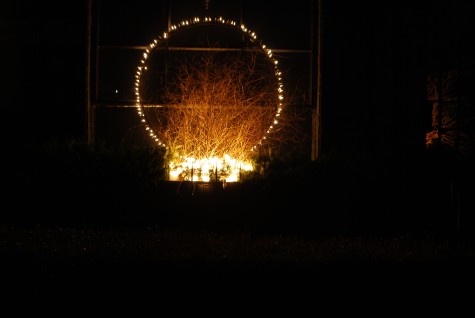
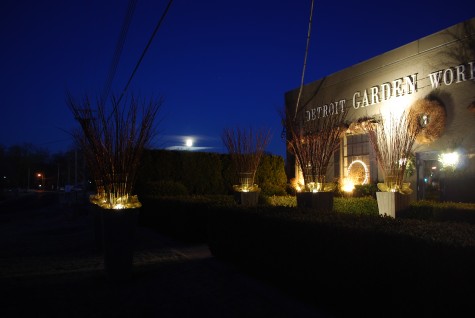
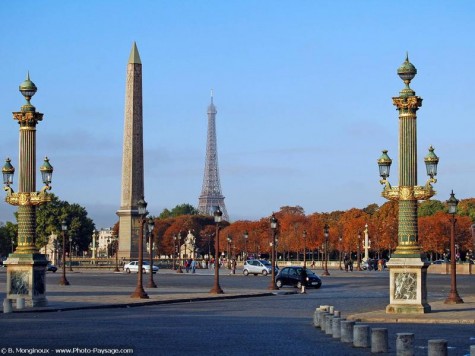
![eiffel_tower_paris[1].jpg](https://deborahsilver.com/wp-content/uploads/2012/01/eiffel_tower_paris1-475x317.jpg)
![Pair of 5 Foot Garden Obelisks[1].jpg](https://deborahsilver.com/wp-content/uploads/2012/01/Pair-of-5-Foot-Garden-Obelisks1-475x475.jpg)
![kamelot-lot-26 obelisks[1].jpg](https://deborahsilver.com/wp-content/uploads/2012/01/kamelot-lot-26-obelisks1.jpg)
![OB33[1].jpg](https://deborahsilver.com/wp-content/uploads/2012/01/OB331-475x491.jpg)

